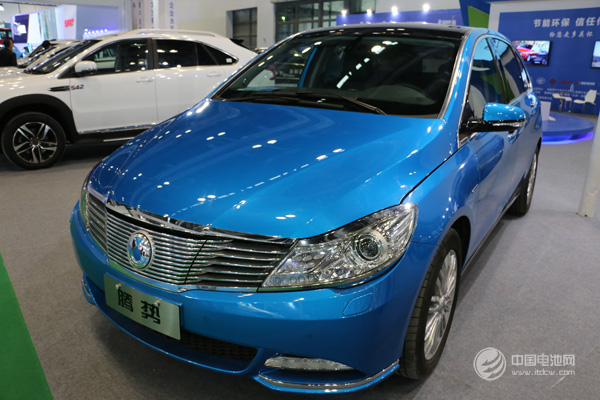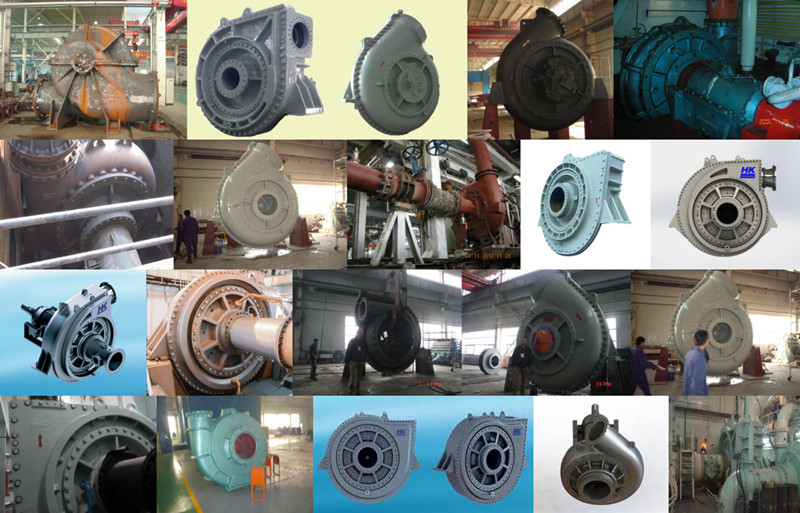On September 28, the Ministry of Industry and Information Technology released news that the “double-integration†policy for new energy vehicles will be officially implemented on April 1, 2018. According to policy requirements, all auto manufacturers and auto importers that have annual sales of more than 30,000 vehicles in China must meet the two points policy of average fuel value points and new energy vehicle points. Set window period for traditional car enterprises In September 2016, the Ministry of Industry and Information Technology released the Interim Measures for the Parallel Management of Corporate Average Fuel Consumption and New Energy Vehicle Integration (Draft for Soliciting Opinions), in which the regulations for the accounting of new energy vehicle points for passenger car companies require annual production or import. More than 50,000 conventional passenger car companies need to produce or import a certain percentage of new energy passenger vehicles. According to the requirements in the draft for the time being, in 2018, the proportion of new energy vehicles for auto companies will reach 8%, and in 2019 and 2020 they will reach 10% and 12% respectively. In the formal rules issued last week, two changes occurred: First, the threshold of 50,000 vehicles was reduced to 30,000, which means that more companies will accept the double-point policy, in line with the national energy conservation and environmental protection The second requirement was to eliminate mandatory requirements for new energy vehicle points in 2018. The Ministry of Industry and Information Technology and related national departments set up a window period for auto companies to meet the double-integration policy. First, the time for calculation of new energy vehicle points was postponed for one year, starting from 2019, the requirements for new energy vehicle points were set; It is clearly stated in the policy that the new energy vehicle negative points generated by passenger car companies in 2019 can use the new energy vehicles' positive points generated in 2020 to compensate. Industry sources said that from now to more than three years in 2020, it is a window period for traditional auto companies to vigorously develop new energy vehicles. Joint ventures are under tremendous pressure in the short term Prior to the formal introduction of the double-integration policy, most auto companies either explicitly or implicitly objected to it. In particular, for auto companies with large annual sales volume, the pressure on new energy auto points is considerable. A company that has an annual sales of 1 million cars will have 10% of new energy vehicles by 2019. It needs to produce and sell 25,000 pure electric vehicles with cruising range of 250km to 350km (excluding), because According to relevant policies, the mileage of electric vehicles is different and the points are different. At present, there are many joint ventures in China, such as SAIC-Volkswagen, FAW-Volkswagen, Changan Ford, FAW-Toyota, GAC Toyota, Dongfeng Peugeot, Dongfeng Citroen, Dongfeng Honda, and Guangzhou Automobile Honda. Traditional fuel vehicle production and sales have not yet been launched. new energy vehicles. While SAIC GM, Beijing Hyundai, and other few joint ventures have taken the lead and have launched more than one new energy vehicle since last year, the sales of new energy vehicles are negligibly small compared to the huge base of traditional fuel vehicles. Cui Dongshu, secretary-general of the National Passenger Vehicles Association, said that the double-credit policy is very difficult for big companies and joint ventures, but the policy is not very radical, but it is to encourage, promote, and enforce. . He said that the double-integration policy is a pioneering initiative that organically combines traditional vehicle fuel-efficient and new energy vehicle development. Combined with China’s timetable for research on the prohibition of sales of traditional fuel vehicles, China has led the development of new international passenger vehicles. trend. This is a policy propeller for China’s important shift from the world’s largest automobile market to the world’s new automobile market. Some autonomous car companies usher in bonus period Among the self-owned brand car companies, some companies have laid out new energy fields in advance, and in the immediate implementation of the double-integration policy, they have ushered in their own bonus period. Companies such as BYD, BAIC New Energy, Geely, Zhongtai, Jianghuai, and other companies have performed prominently in the new energy automotive market. New energy vehicles such as SAIC Roewe, GAC Chuanwei, Changan, and Chery are also growing rapidly. According to statistics from the National Passenger Vehicles Association, in August this year, the sales of new energy passenger vehicles reached 53,000 vehicles, an increase of 10,000 vehicles in July, a year-on-year growth rate of 72%, and the overall situation still showed rapid growth. From the perspective of subdivision models, the sales of new energy vehicles of the above five companies reached 27,000 vehicles, accounting for more than 50% of the total. In addition, in addition to the traditional auto companies, there are still a number of fresh forces that will quickly enter the new energy market under the stimulus of the policy. From the beginning of last year to the beginning of this year, a group of new-built pure electric passenger vehicle companies have obtained production licenses, and will bring a new batch of electric vehicle brands and products to the market in the next 2-3 years. According to the new energy dual-entry policy, these companies can not only make profits through the production and sales of new energy vehicles, but also sell their points through the new energy points platform. With the encouragement of policies, the annual production of new energy vehicles in China will reach 2 million by 2020. By 2025, the development target of new energy vehicle sales in total sales of more than 20% will be gradually realized.
dredge pumps ranging from inlet diameters of 400mm up to 1400mm. Our CFD optimized pumps have an excellent suction performance, high efficiency, long wear life and require a minimum of maintenance. The pumps can be delivered in different types of wear resistant materials, and can be executed in a large number of different configurations.
Photo of our Dredging Pump:
Single-Walled Dredge Pumps Dredging Pump Dredge Pump,Dredging Equipment,Diaphragm Pump Unisite Group Ltd. , https://www.shipsparts.nl

single-walled dredge pumps are `all-round` and used in all types of dredgers. They are designed for typical pump pressures up to 16 bars, and can be excecuted with different types of pump seals such as: stuffing box, mechnical seal or hydro seal.
Double-Walled Dredge Pumps
double-walled dredge pumps are specially designed for high pressures, starting typically from 16 up to 30 bars. The double-walled pump design is based on the concept of pressure compensation between the outer-, and inner-pump casing. All types of configurations are possible such as 3,4 and 5 vane impellers, and casted or welded outer-casings.
Underwater Dredge Pumps
The underwater dredge pumps are used in cases where the highest possible suction performance is required. They basically have the same possibilities and options as our single-walled pumps have. Depending on our clients' preference they are executed with direct motor drive or integrated gearbox, with or without pressure compensation.
Casting
1)Pattern
Collection in our storehouse. Inspection of pattern in our workshop.
Pieces cast with wrong pattern due to insufficient inspection of pattern are rejected.
Free delivery of pattern (in good condition) with last cast piece of order to our client or stored in our workshop for future new production but with time-limited or quantity-bound.
2)Cast pieces
Material
The use of the cast pieces requires other chemical analysis and mechanical properties (unless otherwise mentioned on drawing).
Cast pieces group S (Wear) :
Impellers, pumphousings, dredge lines (bends, branchpipes, etc.)
Cast pieces group C (Construction) :
Other pieces as pivots, rod eyes, wire sheaves etc.
3)cast seel
GS32NiCrMo14.4.2
Chemical:
C:0.30-0.36% Si:0.60%MAX
Mn:0.60-1.00% Cr:1.00-1.70%
Ni:3.00-4.00% Mo:0.30-0.60% S:0.025%MAX P:0.03%MAX
V:0.05%MAX Cu:0.30%MAX
Mechanical:
Rm:min1100MPa;Rp0.2:≥850
A:≥8%;KV≥15J(20℃)
4)cast iron
3)Inspection
Cast pieces are presented in our workshop, for inspection of dimensions and hardness after sandblasting and machining but before conservation and painting. Measurements are carried out by our services and deviations are sanctioned as follows:
At stress concentration area, MT&PT to check the crack, the qualified standard is no crack at these area.
The core message: Some self-owned brand car companies, in advance of the deployment of new energy in some areas, in the immediate implementation of dual-point policy, but ushered in its own bonus period. Companies such as BYD, BAIC New Energy, Geely, Zhongtai, Jianghuai, and other companies have performed prominently in the new energy automotive market. New energy vehicles such as SAIC Roewe, GAC Chuanwei, Changan, and Chery are also growing rapidly.